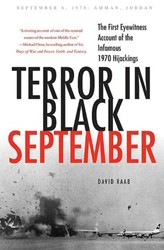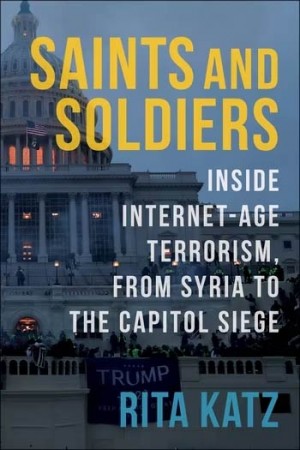This book is part of a series that uses an iconic photo as a doorway to examining an event in depth. In this case, it’s the chilling photograph (by photographer Kurt Strumpf) from the 1972 Munich Olympic Games of a hooded Palestinian terrorist on the balcony of the dormitory where the Israeli athletes were being housed. The author gives a good account of the lead-up to the Olympics and the determination of the post-WWII German government to portray a new, democratic society that welcomed all nations to the games. Eight Black September terrorists had a very different agenda, one that eventually ended at the airport with the deaths of eleven Israeli hostages and all but three of the terrorists (two of whom were later tracked down and killed by Israeli agents). The narrative of the massacre is told thoughtfully, unadorned and complete, giving space in turn to perpetrators, victims, reporters, and police. All of the photos are well-chosen and have a stunning power. In this Olympic year, it’s an important story to pass down to a new generation of Jews and non-Jews alike. Fittingly, finally, the 2016 Summer Games set aside an area in the Olympic Village to commemorate the attack, and a moment of reflection was part of the closing ceremony.
The book makes a great addition to a library or classroom, sure to lead to further group discussion.
Recommended for ages 10 – 14.




